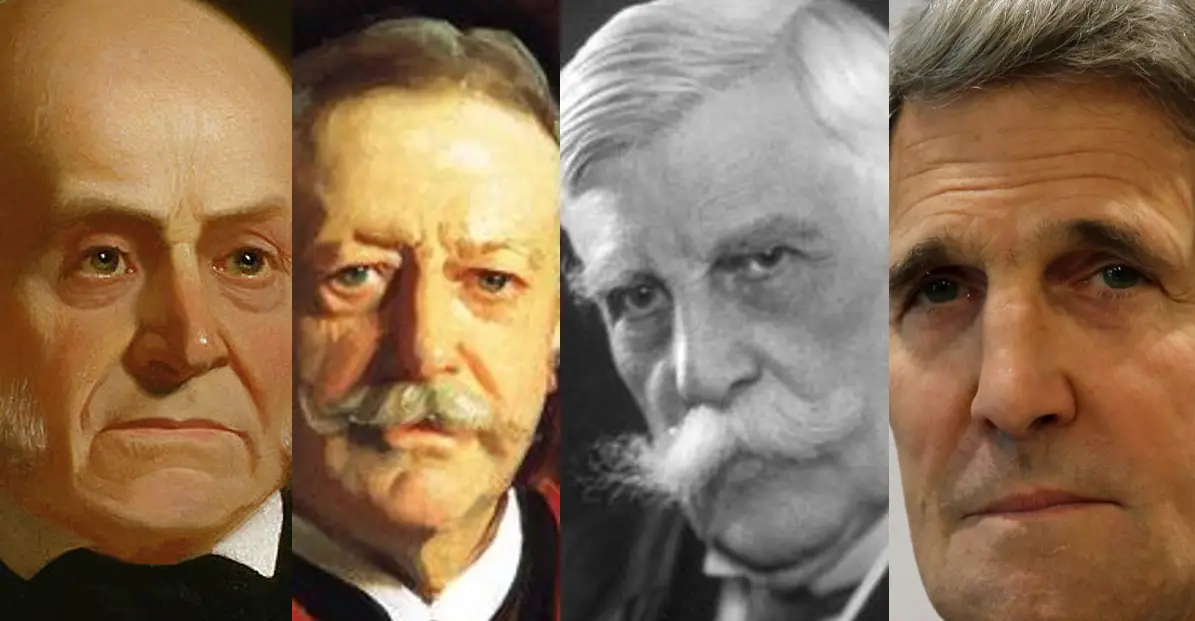The city of Boston, Massachusetts, has long been synonymous with wealth, prestige, and old-money elegance. At the heart of this reputation lies the Boston Brahmin, a term used to describe the city’s aristocratic class, known for their wealth, social standing, and cultural influence. The Boston Brahmin have played a significant role in shaping the city’s history, economy, and society, and their legacy continues to be felt to this day.

Origins of the Boston Brahmin
The term "Brahmin" was first used in the mid-19th century to describe the city’s elite class, who were predominantly of English descent and belonged to the Unitarian Church. The term is derived from the Hindu caste system, where Brahmins were considered the highest caste, responsible for spiritual and intellectual pursuits. In the context of Boston, the term was used to describe the city’s upper class, who were seen as the intellectual and cultural elite.
The Boston Brahmin were primarily made up of old families who had settled in the city during the 17th and 18th centuries. These families, such as the Lowells, Cabots, and Hancocks, had amassed significant wealth through trade, commerce, and industry. They were known for their conservative values, respect for tradition, and commitment to public service.
Sources of Boston Brahmin Wealth
The Boston Brahmin accumulated their wealth through a variety of sources, including:
- Trade and Commerce: Many Boston Brahmin families made their fortunes through trade and commerce, particularly in the shipping and textile industries. The city’s strategic location on the East Coast made it an ideal hub for international trade, and many families profited from the import and export of goods.
- Industry: The Industrial Revolution brought significant wealth to Boston, as the city became a major center for manufacturing and industry. Boston Brahmin families invested in textile mills, iron foundries, and other industrial ventures, generating enormous profits.
- Finance: Boston’s financial sector also played a significant role in the accumulation of wealth among the Boston Brahmin. Many families were involved in banking, investing, and other financial activities, which provided a steady stream of income.
- Real Estate: The Boston Brahmin were also skilled real estate investors, snapping up large tracts of land and developing it into valuable properties. This not only generated rental income but also increased the value of their holdings over time.
Characteristics of Boston Brahmin Wealth
The Boston Brahmin were known for their distinctive approach to wealth, which was characterized by:
- Conservatism: The Boston Brahmin were generally conservative in their financial dealings, preferring to invest in established industries and avoiding risky ventures.
- Long-term thinking: Boston Brahmin families took a long-term view of their wealth, often holding onto assets for generations rather than seeking quick profits.
- Philanthropy: The Boston Brahmin were also known for their philanthropic efforts, donating generously to charitable causes and supporting the arts, education, and healthcare.
- Social responsibility: The Boston Brahmin saw themselves as having a social responsibility to contribute to the well-being of the community, and many were involved in public service and civic leadership.
Legacy of Boston Brahmin Wealth
The legacy of Boston Brahmin wealth can still be seen in the city today. Many of the families that made up the Boston Brahmin continue to be prominent in Boston society, and their names are still associated with some of the city’s most prestigious institutions, such as Harvard University and the Boston Symphony Orchestra.
The Boston Brahmin also played a significant role in shaping the city’s cultural and architectural landscape. Many of the city’s iconic landmarks, such as the Boston Public Library and the Museum of Fine Arts, were funded and supported by Boston Brahmin families.
FAQs
- What is the origin of the term "Boston Brahmin"?
The term "Brahmin" was first used in the mid-19th century to describe the city’s elite class, who were predominantly of English descent and belonged to the Unitarian Church. - What were the primary sources of wealth for the Boston Brahmin?
The primary sources of wealth for the Boston Brahmin included trade and commerce, industry, finance, and real estate. - What were the characteristic traits of Boston Brahmin wealth?
The characteristic traits of Boston Brahmin wealth included conservatism, long-term thinking, philanthropy, and social responsibility. - What is the legacy of Boston Brahmin wealth?
The legacy of Boston Brahmin wealth can still be seen in the city today, with many of the families that made up the Boston Brahmin continuing to be prominent in Boston society, and their names still associated with some of the city’s most prestigious institutions. - Are the Boston Brahmin still a dominant force in Boston society?
While the Boston Brahmin are no longer the dominant force they once were, they continue to play an important role in shaping the city’s culture, economy, and society.
Conclusion
The Boston Brahmin have played a significant role in shaping the city’s history, economy, and society. Their wealth, amassed through trade, commerce, industry, and finance, was characterized by conservatism, long-term thinking, philanthropy, and social responsibility. The legacy of Boston Brahmin wealth can still be seen in the city today, with many of the families that made up the Boston Brahmin continuing to be prominent in Boston society. While the city has undergone significant changes over the years, the Boston Brahmin remain an important part of Boston’s cultural and historical heritage.
In conclusion, the story of the Boston Brahmin serves as a reminder of the enduring power of wealth and social status. Their legacy continues to inspire and influence new generations of leaders, entrepreneurs, and philanthropists, and their impact on the city of Boston will be felt for generations to come. As the city continues to evolve and grow, it is likely that the Boston Brahmin will remain an important part of its history and identity.
Closure
Thus, we hope this article has provided valuable insights into The Enduring Legacy of Boston Brahmin Wealth. We thank you for taking the time to read this article. See you in our next article!




